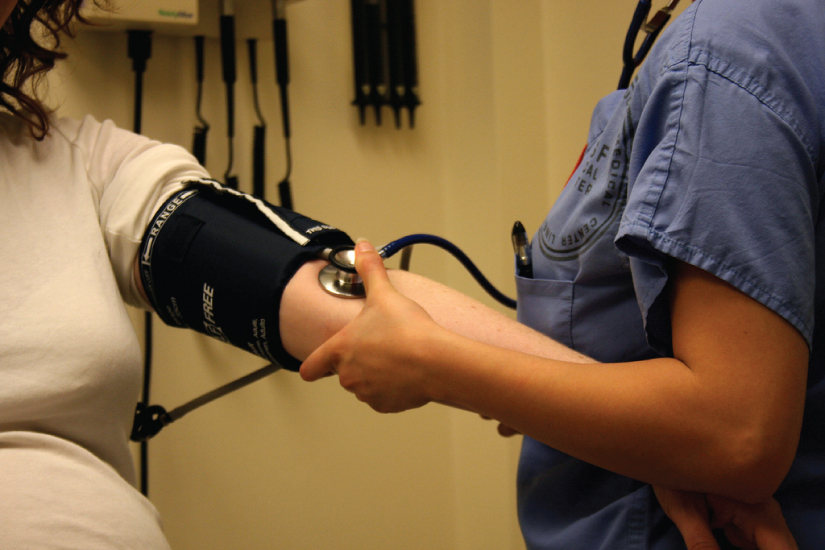
1.1 An introduction to the human body Read Online
1.2 The chemical level of organization Read Online

After studying this chapter, you will be able to:
Though you may approach a course in anatomy and physiology strictly as a requirement for your field of study, the knowledge you gain in this course will serve you well in many aspects of your life. An understanding of anatomy and physiology is not only fundamental to any career in the health professions, but it can also benefit your own health. Familiarity with the human body can help you make healthful choices and prompt you to take appropriate action when signs of illness arise. Your knowledge in this field will help you understand news about nutrition, medications, medical devices, and procedures and help you understand genetic or infectious diseases. At some point, everyone will have a problem with some aspect of his or her body and your knowledge can help you to be a better parent, spouse, partner, friend, colleague, or caregiver.
This chapter begins with an overview of anatomy and physiology and a preview of the body regions and functions. It then covers the characteristics of life and how the body works to maintain stable conditions. It introduces a set of standard terms for body structures and for planes and positions in the body that will serve as a foundation for more comprehensive information covered later in the text. It ends with examples of medical imaging used to see inside the living body.
Question: what are the two components of the central nervous system?
Choices:
the brain: a web of neural network
the spinal cord: interneurons that have a mind of their own.
both a and b
none of the above
Question: what are nuerotransitters
Choices:
chemicals that send messages across the synaptic gap
none of the above
Question: what does the parasympathic nervous system do?
Choices:
part of the autonomic nervous system that controls the calming affect.
all of the above
Question: what are the different neuro transmitters
Choices:
gaba, glutamate, acetylcholine, dopamine, and serotonin
none of the above
Question: the central nervous system consists of
Choices:
the brain
the spinal cord.
both a and b.
none of the above
Question: the endocrine refers to what
Choices:
a set of glands that produce hormones
none of the above
Question: how does the endocrine send molecule messages.
Choices:
through molecules called hormones.
none of the above
Question: the peripheral consists of what?
Choices:
the rest of the nervous system
gathers and sends information to and from he rest of the body
both a and b
none of the above
Question: what is reuptake?
Choices:
after the transmitters stimulate the receptors on receiving neutrons. the chemicals are returned ti be used again.
none of the above
Question: what are the two different pathway networks
Choices:
serotonin
dopamine
both a and b
none of the above
Question: what is the synapse synaptic gap junction
Choices:
the tip of the sending neuron and the dendrite receiving the signal
none of the above